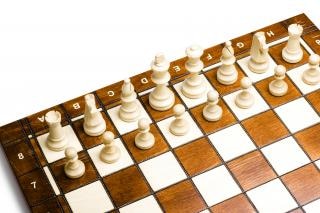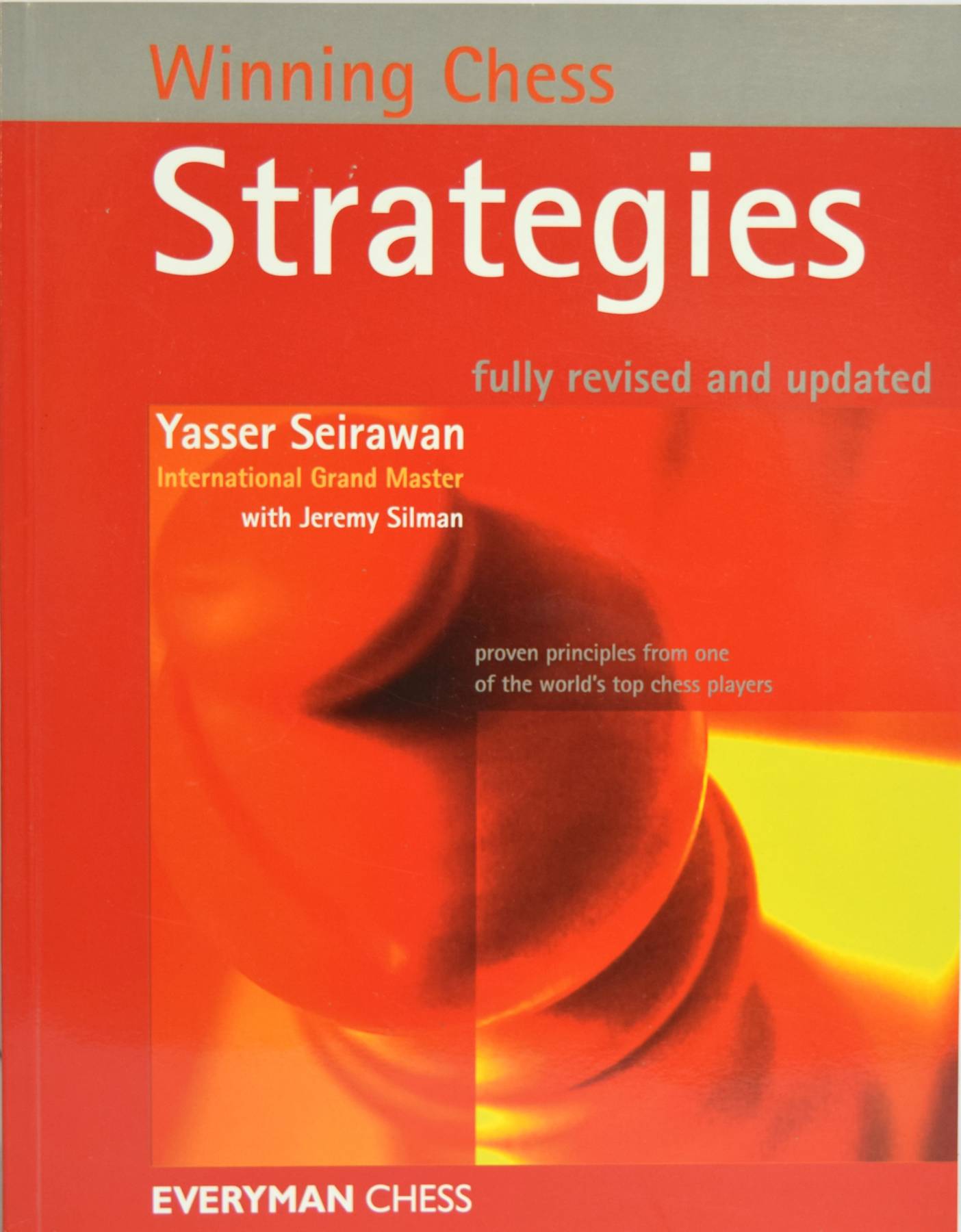

This is another move that the casual chess player doesn’t know, and can act as a great surprise in the later stages of the game-the experienced chess player knows the importance of pawns, and bypassing them in this way can clear up the path to a checkmate, or perhaps a pawn promotion. The attacking pawn passes the other pawn, hence the name.Īgain, an illustration is probably worth referring to. That opposite color pawn, on its next move, can move diagonally behind the aforementioned pawn and capture it despite not being on the same square. In contrast to castling, which is largely a defensive move, en passant is an offensive move that is typically part of the endgame-as indicated by how many chess problems involve en passant positions.Īn en passant position is when a pawn moves two spaces on its first move, and ends up next to a pawn of the opposite color. Bear in mind, of course, that you cannot castle yourself directly out of a check position (I personally think this rule should be changed, but that is beyond the scope of this article) 2) En Passant It can also be used to reorient your rook to get it into the fray. Kings and rooks move towards the indicated circles, touching each other, and then switchĬastling will suddenly create a defensive position for you, defending your king from an opponent who seeks to get an early checkmate using a queen or bishop. This can perhaps be better explained with images. When one wishes to castle, you move the two pieces towards each other and reverse positions.
#CHESS STRATEGY TO WIN HOW TO#
How to Win Chess in 5 Moves 1) CastlingĬastling is one of the first “advanced” moves that the beginner chess player will learn, and it serves as a rough barometer to separate the novices from the knowledgeable (ie: the more gatekeeping chess enthusiasts won’t consider you to be a chessman until you know how to castle.)Ĭastling is the only move that allows two pieces to move simultaneously, and it is done like so: There must be no pieces between the king and the rook, and neither of those pieces can have moved prior to castling. And so, without further ado, here are 5 moves to do that very thing-5 moves to surprise your opponent. Chess moves that surprise your opponent are part and parcel of the game, and it would thus behoove you, the player and aspiring chess move master, to learn moves that will catch your opponent off guard and bring you victory. The best squares for your bishops are dependent on what is happening in the opening, and that may take a few moves to unfold.Chess: Undoubtedly the ultimate head-to-head mental contest, an ancient game of strategy in which your one and only goal is to outsmart and defeat your opponent’s army (represented of course by the pieces on the board). A knight placed on one of these squares controls the important central square. The reason for this is that the best squares for the knights in the opening are usually f3,c3,f6,or c6. The Scandanavian Defense), it is a wise rule to follow for beginning players.ĥ) In general develop knights before bishops. Although there are famous openings where this principle is violated(i.e. Since the queen is your most valuable piece, if you move her too early your opponent can gain time by attacking her. The reason is that when most pieces are placed on one of these squares they control the most territory on the board.Ĥ) Don’t bring out the queen too early. The four central squares e4, e5, d4, and d5 are the most important squares on the board.


If you move a piece more than once you are losing time that could be used to develop other pieces.ģ) Fight for control of the center. In chess there is a concept of time or tempo. d4 has similar goals by controlling the center and opening up a key diagonal.Ģ) Move each piece only once in the opening. e4 also opens the diagonals for the white queen on d1 and the white bishop on f1. d4 immediately fight for central control. It’s not enough to just play these moves, you have to understand why you are playing these moves. These are the most popular opening moves for a reason. Keep in mind that these are general rules of course there are exceptions.ġ) Start the game with either 1. Let’s face it if you can’t start a game, how do you expect to win one! Here are some opening principles for beginning chess players. Nonetheless, it is important to understand the basics of opening play. Opening study is important, but not nearly as important as many beginners think. What pieces do you move? What should be your plan? There is also confusion because there are so many openings and variations to study. For many beginners, the opening stage of the game can be intimidating.


 0 kommentar(er)
0 kommentar(er)
